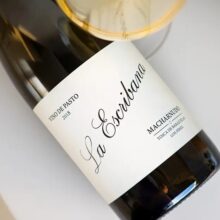
Product information
Bodegas Luis Pérez Marco de Jerez ‘La Escribana’ Palomino de Pasto 2021
$81
Description
Gold and green to look and smell. It has a semi-fermentated barley-sake-ricey-acetic tang and gourd skin, paddy-melon-in-the-cool-of-night-edginess. There’s a titch of steel and the smell of reeds and rush matting, stripped bamboo, lemongrass outers and typical pistachio skin. It’s a wine of lovely depth with some richness, but edged sweet-sour.
Scott Walsey, The Spanish Acquisition
🔥Hot Tip: Drink over days. Give it plenty of air at minimum.
In stock
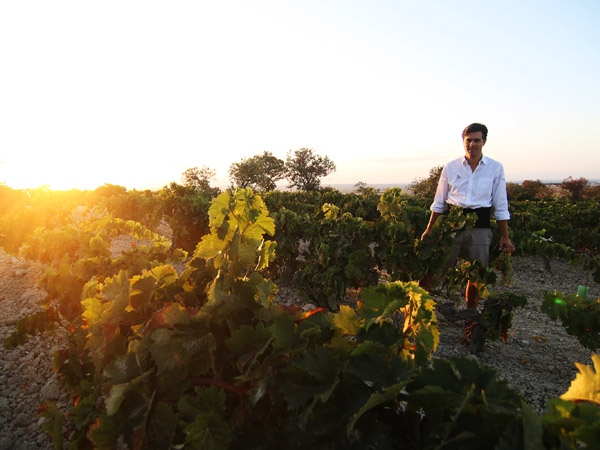
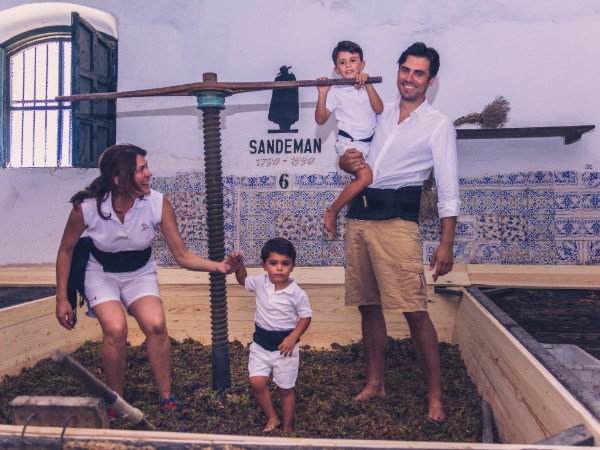



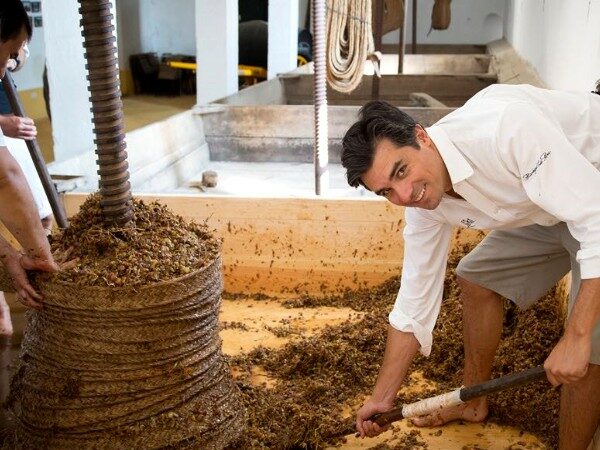
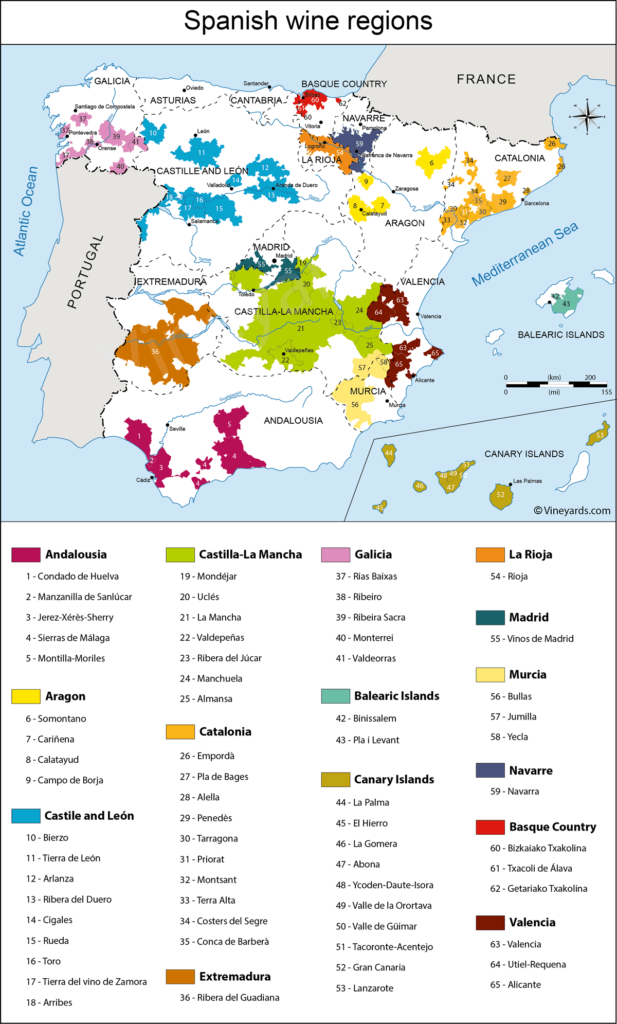
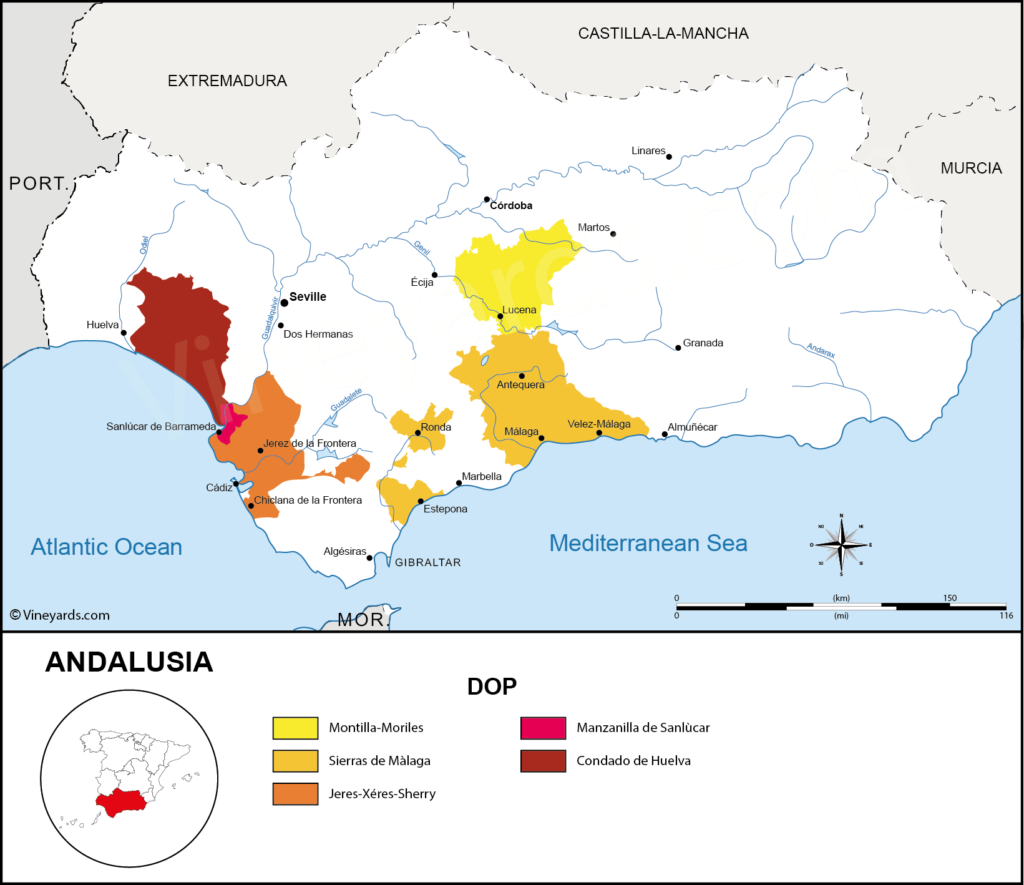

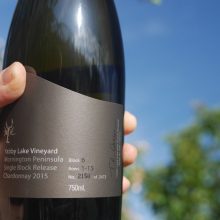

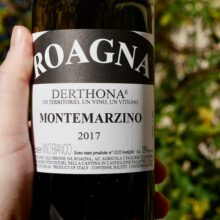
You must be logged in to post a comment.